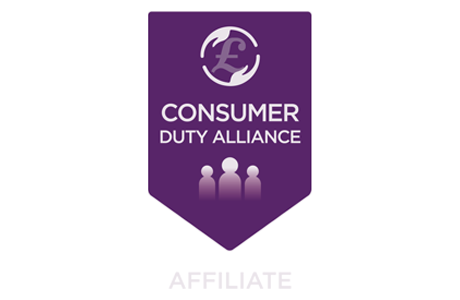How to recruit under SM&CR

Graeme Stewart
18 May 2022Since the introduction of the Senior Managers and Certification Regime (SM&CR), the process of recruiting a financial adviser has fallen squarely upon a regulated firm’s shoulders.
The FCA will only provide approval for the recruitment of Senior Management Function (SMF) positions.
In a three-part series, we look at the key issues at each stage of the recruitment process. Over the coming months we’ll cover the induction process and the need to update the FCA Directory on appointment, but today we’ll begin with the recruitment process.
Leaving aside how difficult it can be to find new financial advisers (and for the purposes of this article we’ll look at advisers who are in a role that requires certification) once you have an adviser to recruit into your firm, how do you go about this?
If the firm is to conduct the process itself, then a good starting point would be to have a checklist and a step-by-step process.
Step 1: information gathering
- Create an application form to gather all the relevant details about the applicant, including previous employment details over the last six years as a minimum.
- Obtain credit/voters roll details for all addresses over the last 5 years as a minimum
- Obtain certificate of satisfaction for any County Court Judgements (if required) and if any are still in place, details of the repayment plan, alongside the fullest details of any Individual Voluntary Arrangement (IVA) or schedule of repayments or court order.
- Check the applicant’s solvency
- While a Criminal Record Check is not mandatory for the appointment of an SMF position, Paradigm does recommend that this is completed in every case.
- Check the FCA register and construct a comparison of details between what has been disclosed and what is shown on the register, checking if any disciplinary action has been taken
- Collect all the (original) qualification certificates
- References from all previous employers over the last 6 years as a minimum. Now, at this stage, it is crucial for you to question the minutia of the detail. Don’t skip over or ignore any piece of information that may call into question the person’s fit and properness. This part of the process is very much down to you, the FCA places this responsibility entirely at your feet.
Top tip: take time and care to collect the detail. Don’t rush to secure the applicant and miss out on information that could be important.
Step 2: assessing fit and properness
In making this assessment the firm must consider:
- Honesty, integrity and reputation (how much do you know about the applicant, and what can you find out about them from a google search and search of social media?) Record your findings.
- Competence and capability (what evidence have you collected about their knowledge (perhaps from knowledge testing) and competence (perhaps from role-play, case study assessments).
Top tip: the more time spent in this stage, the easier it will be to see what the applicant’s skills and knowledge levels are, and what support might be needed when they come on board.
At this stage, we always recommend our client firms consider this question: is experience a help or a hinderance? (and only you can answer that one).
Step 3: appointment
- Provide job descriptions
- Have contracts signed
- Introduce the new member of staff to your team
- Get ready to move to the next stage: induction
Top tip: we all know about buyer remorse; this applies to new applicants too. Make sure you make them feel warm, special and welcome from the start as this is the time they’re most likely to be wondering about their decision to join your firm.
In summary
While a decent compliance support provider can supply guidance and checklists, there is still an awful lot to be considered and work to be done to ensure correct recruitment. Time and effort will be required to ensure the firm can evidence it has performed its duties correctly and if there are any sticking points, do seek further guidance and support.
Coming up in part 2:
Having spent time, money and effort on the recruitment of an adviser, what should their induction process look like to make sure that they can easily and quickly settle in, as well as be up and running as quickly as possible?


